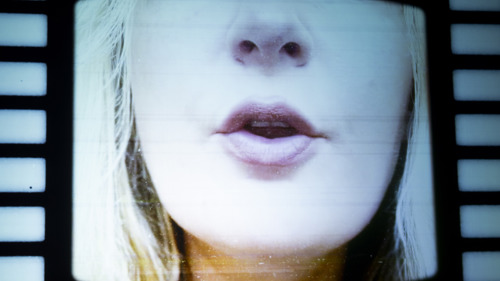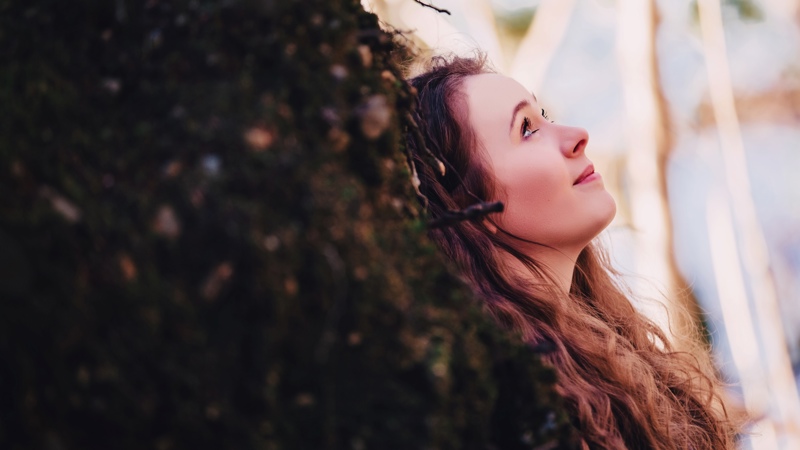GUIR! Gaelic Arts development programme

Meet the 2025 GUIR! artists
Three artists have been selected for GUIR! 2025. They will present works in progress at showcase events at CCA on 15 and 16 May, as part of Dance International Glasgow 2025. Read about their projects, in their own words.
'The aim of my project is to create a series of works in response to the Vatersay Land Raids. The Vatersay Raiders, (including my great-great grandfather) were imprisoned in 1908 for occupying the Isle of Vatersay, landless people seeking a life outside deprivation, taken to court by one of the wealthiest landowners in Scotland. Later released after public outcry, a pivotal moment in land reform in Scotland. The project will include a period of extensive research, interviewing folklorists on Barra and historical records with the end goal being to create works which could include immersive installations and sculptural pieces celebrating the influence of the raiders on Vatersay and beyond.'
'Coming from a place where the land and sea are woven into every aspect of life, on the Isle of Lewis, when I first came to the city, I struggled to find the same connection to nature. But over the years, I noticed the beauty right here on my doorstep—bumblebees drifting between wildflowers, the scent of wild garlic in spring, the steady flow of the River Kelvin, and the quiet glow of the moon over high-rise buildings. These moments of nature are no less significant just because they exist in an urban setting. And in-fact may be even more important.
During GUIR I hope to celebrate wild places within Glasgow’s city centre by composing new Gaelic songs and music inspired by these places hidden within the urban landscape and by reflecting natures through movement and contemporary dance, improvising and responding to the music and themes that emerge, I will explore a visual interpretation of the compositions and deepen the connection between music, place, and storytelling.'
'My idea is to create a collection of musical tracks which explore intersectional stories of strength in the face of suppression within a Gaelic speaking context including suppression of women, threats from the climate crisis, the Gaelic cultural/ linguistic crisis and rural depopulation with a particular focus on my local home area in Morvern. I want to embed my music in my natural environment, manifesting that deep connection with nature so central to the traditional Gaelic worldview, as well as honouring the oral tradition and containing the legacy of my local area’s culture. Mairi Macleod was forced off her home in Morven, disconnected from her land, in one of the earliest and most brutal clearances. She had no choice but to move to the city – working with Galway Dance this project will also look at the physical movement from rural to urban, and how we traverse that in contemporary Scotland when we have choices.'

GUIR! 2025 scratch performances
15 and 16 May, CCA
Book now for this year's GUIR! presentation, which is part of the Dance International Glasgow festival, and features in-progress performances from this year's supported artists - everyone is invited!
TicketsGlasgow Life has played an important role in creating and developing work for diverse artists interested in experimental approaches to Gaelic artforms. The incubator programme GUIR!, which was started in 2018, incorporates a collaborative and learning model to develop new Gaelic work across all disciplines.
Every year we invite artists to submit proposals to participate in the scheme. Read about artists and projects that have been supported in recent years, below.
GUIR 2024
The following artists were supported to develop work which was presented at a live scratch performance in May 2024, at Tramway.
The Gaelic language has a rich tradition of storytelling and expression, and as a queer artist, Josie contributed to this tradition by creating new Gaelic songs that reflect her experiences and journey as a member of the LGBTQIA+ community. They celebrate diversity, inclusion, and the unique intersection of queer identity and Gaelic culture.
Gaelic song has been used as a form of protest for centuries, raising awareness of injustice and subjugation of the Gaels. How is the cultural knowledge in these songs relevant to the climate emergency? Mairi created new songs exploring other minority languages, melodies and a wealth of old and new poetry, to continue the tradition of bearing witness and evidencing the current context for Gaels.
Caitlin developed an experimental audio-visual live set using personal and archival footage, field recordings, puirt-a-beul (mouth music) and live music. She explored the relationship between folklore and ecology, and how Gaels in Glasgow, past and present, have responded, adapted to and influenced the city.
Using the recorded phone conversations they have with their mother each Sunday, Babs Nic Griogair weaved the themes of maintaining connections with Gaelic, and ageing parents, into an interactive soundscape, installation and suite of poems. The work highlights themes of connection and disconnection; urban diaspora and rural roots; mothers and daughters, fragility, resilience, mortality and vitality.
As a non-binary gay artist, they find certain topics may be taboo in some Gaelic spaces. The phone call home is not two-way, and can be like listening to a soliloquy; listening intently but feeling unheard. How truthful are we in expressing our innermost feelings to a parent?
This project was supported bysupported by Susannah Stark
